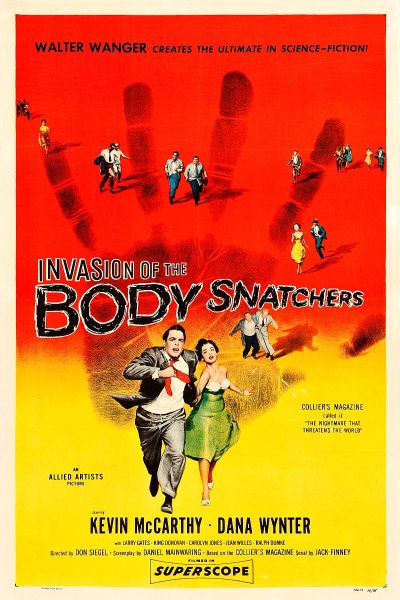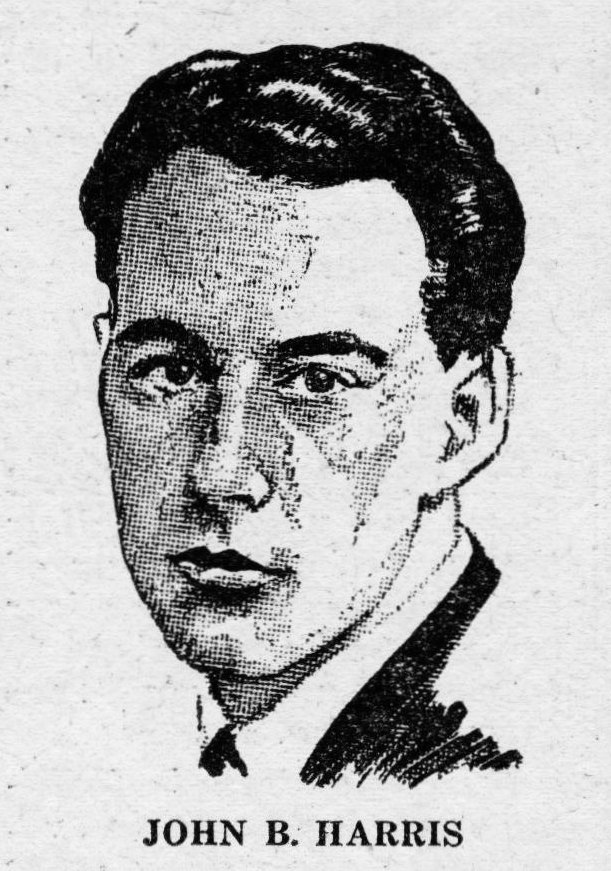You might find yourself intrigued by how the 1950s crafted a unique blend of science fiction and horror, a time when filmmakers like Curt Siodmak wove these genres together with a deft hand. Consider the era’s backdrop: a world emerging from war, teetering on the brink of nuclear power, and staring into the vast unknown of space. This period didn’t just spawn stories; it birthed a cultural phenomenon that mirrored society’s deepest anxieties and greatest hopes. If you’re keen to understand how these narratives shaped and were shaped by the 1950s, you’ll discover a fascinating intersection of art, technology, and psychology waiting to be explored.
Key Takeaways
- The 1950s saw a golden age for genre fusion, with filmmakers mastering the blend of science fiction and horror.
- Icons like Ray Bradbury and films such as ‘The Fly’ combined technological terrors with horror, reflecting societal fears.
- This era introduced innovative storytelling and cinematic techniques that explored themes of invasion and scientific hubris.
- The crossover of science fiction and horror allowed for a broader exploration of themes, captivating audiences with thought-provoking narratives.
- The legacy of 1950s science fiction and horror continues to influence filmmakers, showcasing the era’s unique approach to exploring fears.
Genre Blending Mastery
In the 1950s, filmmakers mastered the art of blending science fiction and horror, tapping into deep-seated societal fears with their creations. This era, a golden age for genre fusion, saw directors and writers like Curt Siodmak bring to life narratives that skillfully intertwined elements from both domains. These stories weren’t just about space aliens or monsters lurking in the dark; they were reflections of the anxiety and uncertainty of the times.
Actors like Beverly Garland became faces of this innovative crossover, embodying characters that navigated through chilling tales of the unknown, often laced with scientific intrigue. The seamless blend of horror and science fiction in these films created a unique viewing experience, engaging audiences with the thrill of horror and the wonder of science fiction. This combination allowed for a broader exploration of themes, from technological advancements gone awry to the exploration of human morality in the face of otherworldly threats.
The mastery of genre blending in the 1950s didn’t just entertain; it set a precedent for storytelling. It showed how fear could be a catalyst for innovation, pushing the boundaries of cinema to explore new terrains that continue to influence filmmakers today.
Iconic 1950s Storytellers

Three storytellers, Ray Bradbury, John Wyndham, and Richard Matheson, defined the 1950s with their groundbreaking science fiction and horror narratives. These authors weren’t just crafting stories; they were exploring the depths of societal fears, technological advancements, and existential threats. Their novels, such as ‘The Martian Chronicles’, ‘The Day of the Triffids’, and ‘I Am Legend’, continue to captivate you with imaginative storytelling that feels as fresh today as it did then.
| Author | Notable Work | Genre Focus |
|---|---|---|
| Ray Bradbury | The Martian Chronicles | Science Fiction |
| John Wyndham | The Day of the Triffids | Science Fiction/Horror |
| Richard Matheson | I Am Legend | Horror |
These storytellers introduced thought-provoking themes, complex characters, and futuristic worlds that have stood the test of time. The 1950s, a golden age for science fiction and horror literature, saw these iconic works shaping the genre landscape. Their legacies, akin to the impact of Lon Chaney in film, have influenced countless writers and filmmakers, making them indispensable figures in the history of speculative fiction.
Technological Terrors Unleashed

Moving from the literary giants who captured our imaginations, let’s explore how 1950s cinema reflected these fears with technological horrors released on screen. This era, marked by the typical Cold War anxieties and the dawn of the atomic age, found its fears personified in sci-fi horror films. Creations that were supposed to advance humanity, instead threatened to destroy everything in their path.
Movies like ‘The Fly’ and ‘Invasion of the Body Snatchers’ didn’t just entertain; they served as cautionary tales. These films suggested that technological advancements, when unchecked, could lead to our downfall, parasitically sucking away at the very essence of humanity. The cinematic landscape of the 1950s was rife with tales of scientific hubris:
- Atomic age anxieties materialized as monstrous creations threatening to wipe out civilization.
- Cold War fears amplified the dread of unseen, unknown technological terrors.
- ‘The Fly’ embodied the horror of personal transformation through scientific experimentation gone awry.
- ‘Invasion of the Body Snatchers’ warned of losing one’s identity to an unstoppable, technologically spawned threat.
These narratives weren’t just stories; they were reflections of a society grappling with the rapid pace of scientific and technological advancements, wary of where it might lead.
Cinematic Style Revolution

The 1950s revolutionized cinematic style, blending societal fears with innovative storytelling in science fiction and horror films. Directors of the era tapped into Cold War-era anxieties, exploring themes of invasion and scientific experimentation with a flair that hadn’t been seen before. You witnessed a shift towards stories that reflected the era’s societal paranoia, using the medium of film to investigate into the consequences of technological advancements and scientific hubris.
Films like ‘Invasion of the Body Snatchers,’ ‘The Blob,’ and ‘The Fly’ not only entertained but also mirrored the universal themes of fear, identity loss, and societal paranoia. These movies became timeless, continuing to resonate due to their exploration of universal horror.
| Theme | Impact on Cinema |
|---|---|
| Societal Fears | Drove narratives, connecting viewers with characters |
| Innovative Storytelling | Blended genres, pioneering new cinematic techniques |
| Cold War Anxieties | Introduced alien invasion, espionage themes |
| Technological Advancements | Showcased in plots as both promise and peril |
| Universal Horror | Cemented sci-fi and horror as enduring genres |
This era’s creativity wasn’t just about scaring you; it was about reflecting the world back at you, showing the beauty and horror of what might come.
Legacy and Influence
From their inception, 1950s sci-fi and horror films have greatly influenced the direction and style of later cinematic works, shaping the genre’s landscape. These films not only captivated audiences with their thrilling narratives but also delved deep into societal anxieties, reflecting the era’s cultural context. The blend of science fiction with horror created a unique platform for exploring universal fears and Cold War-era tensions, leaving an enduring legacy that continues to resonate.
- Exploration of societal anxieties: The films mirrored the era’s concerns, from nuclear war to scientific experimentation, making their themes timeless.
- Shift towards genre blending: The 1950s saw a significant evolution in storytelling, with sci-fi horror becoming a distinct subgenre that combined the fantastical with the macabre.
- Enduring relevance: Universal themes of fear and curiosity explored in these films continue to captivate and resonate with modern audiences, proving the timeless nature of good storytelling.
- Influence on future filmmakers: The innovative techniques and themes from the 1950s have inspired generations of filmmakers, from Lon Chaney’s transformative performances to the intricate exploration of sci-fi horror.
The 1950s sci-fi and horror films’ legacy is a confirmation of their ability to explore deep societal fears while entertaining and inspiring.
Frequently Asked Questions
Why Was Science Fiction so Popular in the 1950s?
It’s because Cold War fears, nuclear anxieties, and space exploration dreams fueled people’s imaginations, offering an escape and a peek into possible futures.
What Did Many 1950S Science Fiction Films Drew on the Fear Of?
Many 1950s science fiction films drew on Cold War-era fears, focusing on societal anxieties like the dread of nuclear war and anti-communist paranoia. These movies often explored themes of invasion and loss of identity.
How Did 1950S Science Fiction Films Reflect the Worries of the Time Period?
They showcased fears of nuclear war, communist threats, and technological unknowns through stories of invasion, paranoia, and experimentation, reflecting widespread societal concerns.
Was the 1950s the Golden Age of Science Fiction?
Yes, the 1950s was the golden age of science fiction. You saw groundbreaking authors like Ray Bradbury emerge and classics like “The Martian Chronicles” published, defining the era’s cultural and literary landscape.
Conclusion
You’ve journeyed through the 1950s, witnessing the birth of a genre fusion that shook the world. Masters like Siodmak and Bradbury blended science fiction with horror, reflecting deep societal fears of unchecked technology. Their stories weren’t just tales; they were warnings, wrapped in the allure of cinema. This era’s legacy lives on, inspiring filmmakers to explore these themes with fresh eyes. Remember, the 1950s weren’t just a decade; they were a doorway into new domains of storytelling.

